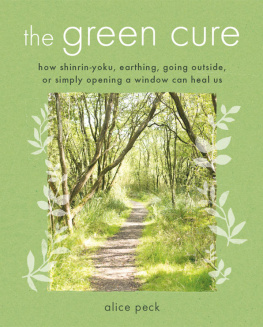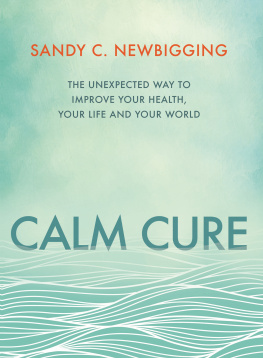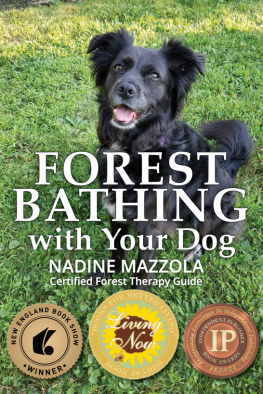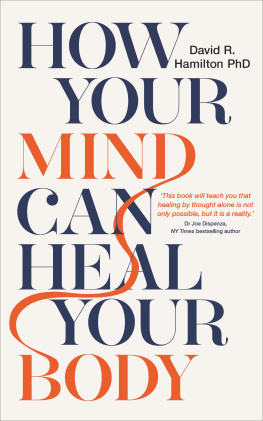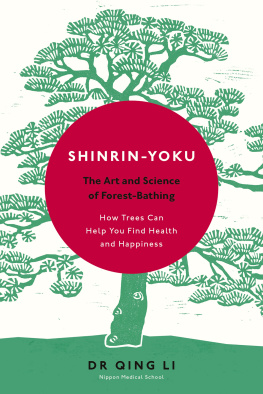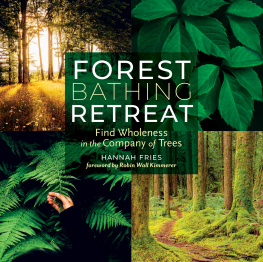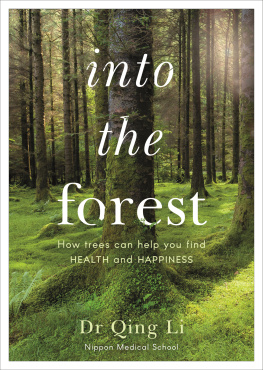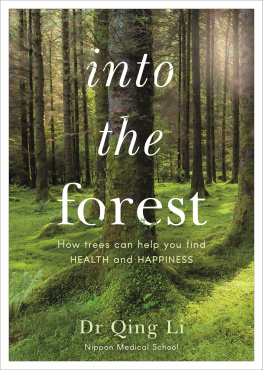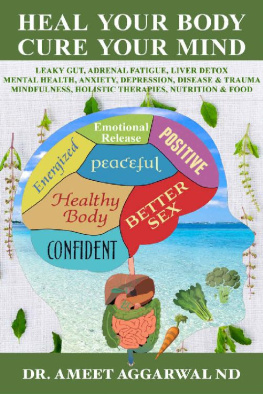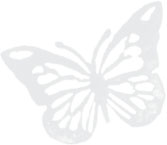
the green cure
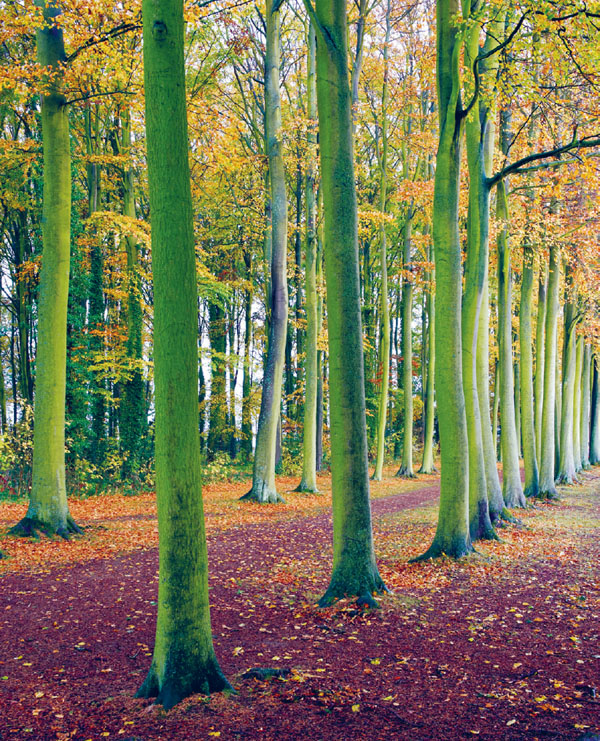
the green cure
how shinrin-yoku, earthing, going outside,
or simply opening a window can heal us
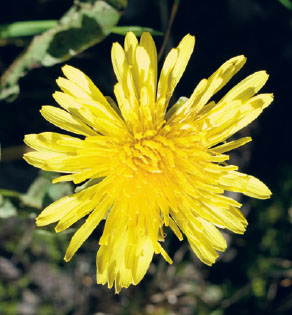
alice peck

For Duane and Tyl, always
Published in 2019 by CICO Books
An imprint of Ryland Peters & Small Ltd
2021 Jockeys Fields341 E 116th St
London WC1R 4BWNew York, NY 10029
www.rylandpeters.com
10 9 8 7 6 5 4 3 2 1
Text Alice Peck 2019
Design and illustration CICO Books 2019
For photography credits, see .
The authors moral rights have been asserted. All rights reserved. No part of this publication may be reproduced, stored in a retrieval system, or transmitted in any form or by any means, electronic, mechanical, photocopying, or otherwise, without the prior permission of the publisher.
A CIP catalog record for this book is available from the Library of Congress and the British Library.
ISBN: 978-1-78249-695-3
eISBN: 978-1-78249-753-0
Printed in China
Editor: Rosie Fairhead
Designer: Emily Breen
Illustrator: Jenny McCabe
Commissioning editor: Kristine Pidkameny
Senior editor: Carmel Edmonds
Art director: Sally Powell
Head of production: Patricia Harrington
Publishing manager: Penny Craig
Publisher: Cindy Richards
Disclaimer
The information in this book including but not limited to text and images is for informational purposes only. It is not intended to be a substitute for professional medical advice, diagnosis, or treatment. The reader should regularly consult a physician in matters relating to his/her health and particularly with respect to any symptoms that may require diagnosis or medical attention.
Note
Every effort has been made to contact and acknowledge copyright holders of all material included in this book. The publisher and author apologise for any errors or omissions that may remain and ask that these omissions be brought to their attention so that they may be corrected in further editions.
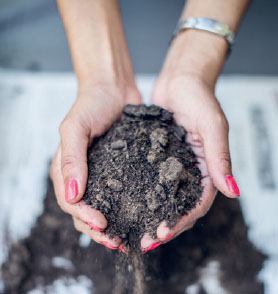
CONTENTS
Introduction:
From Eden to Ecotherapy
Chapter 1:
Fresh Air
Chapter 2:
Take a Walk
Chapter 3:
Shinrin-yoku
Chapter 4:
Delightful Dirt
Chapter 5:
Plant Therapy
Chapter 6:
The Sense of Nature
Chapter 7:
From Thunderstorms to Desert Heat
Chapter 8:
Water Treatment
Chapter 9:
Circadian Rhythms
Chapter 10:
Inner Landscape

INTRODUCTION:
FROM EDEN TO ECOTHERAPY
Im optimistic by nature, and seldom morbid, but when Im feeling low, one of my favorite places to wander is Green-Wood Cemetery in Brooklyn, New York. It is glorious and green and quietvery quiet. When roaming its 478 acres (193 hectares) in the middle of the most populated city in the United States, Ive seen warblers and water lilies, gathered acorns and my thoughts. The verdure, the serenity, and the frogsong all bring me back to life.
I am by no means the first person to have this regenerative experience. Regardless of who we are or where we live, what we all know intuitivelyand have done since paradise was envisioned as a gardenis that going outside is good for us. I call this the green cure: connecting to the natural world so that we can thrive physically, cognitively, emotionally, and even spiritually. In 1973, the social psychologist and philosopher Erich Fromm coined the term biophilia, the love for humanity and nature, and independence and freedom. In his own way, each pointed to a path to wellness and wellbeing that costs nothing and needs no equipment: the green cure.
A foundation of current science and neuroscience underlies the health-giving benefits of being outdoors. Day after day, as I was working on this book, Id come across new and interesting reports and discoveries. Just as Western doctors and psychologists are now prescribing traditional Eastern practices such as meditation and yoga, they are also recommending that people spend time outside to remedy all sorts of ailments. According to the distinguished physician G. Richard Olds, few healing procedures work as both prevention and therapy, but being in nature is a notable exception.
This current scientific understanding is proving what humans have known for millennia. Almost every mythology describes an archetypal natural realm without sickness or death, be it the biblical Garden of Eden, the Sumerian utopia of Dilmun, or the heavenly Hindu Nandankanan. Temples of Asclepius, the ancient Greek god of healingperhaps the first sanatoriumswere built in the countryside far from centers of population. The twelfth-century mystic and saint Hildegard of Bingen, who is considered the originator of the study of natural history in Germany, often wrote of viriditasusually translated as greennessdescribing the divine healing power of green, of nature. The transcendentalists of nineteenth-century America reached the same conclusion, among them Ralph Waldo Emerson, who famously proclaimed in his essay Nature (1836): I feel that nothing can befall me in life which nature cannot repair.
Yet, the idea of the green cure is not the exclusive domain of philosophers, mystics, and poets. There have been many manifestations of the conceptfrom Chinese medicine to native American healing practicesbut in some ways, the green cure was most clearly articulated by Dr. Roger Ulrich, an environmental psychologist. His article View Through a Window May Inuence Recovery from Surgery, published in Science in 1984, indeed opened the window for modern scientists to understand how nature can heal us. He sparked much of the thinking that led to this book, and explored the science that underlies it.
Understanding and applying the idea of the green cure is a matter of taking what the medical sociologist Aaron Antonovsky termed a salutogenic

Thinking about those curative breathing spells brings me to meditation and neuroscience. Although I love to read about neuroscience, my understanding of it is amateur at best, and boils down to this often-quoted line from the American psychologist and writer Dr. Rick Hanson: The brain takes its shape from what the mind rests upon. As well see in the following pages, meditation, particularly mindfulness meditation in natural environments, can be especially restorative.
Burgeoning new fields such as ecopsychology (the study of the connection between human beings and the natural world) and ecotherapy (nature-based health treatment programs) are gaining acceptance among physicians and psychologists. Some of these practitioners call themselves bioneers, looking to nature to remedy the ills of our bodies, our communities, and the planet. Like me, they believe nature can help to heal our bodies, our minds, and even our spirits. Often, its just common sense, something as simple as taking a moment to pause, notice, and breathe. Vacation days arent a requirement; we can connect with nature even when were very far from the countryside or seashore and cant leave our home or workplace to be outside. There are myriad ways, both large and small, to seek out nature in our day-to-day lives. It may be a view from a window or a potted plant on a desk, but the green cure is almost always available and free for the taking.

